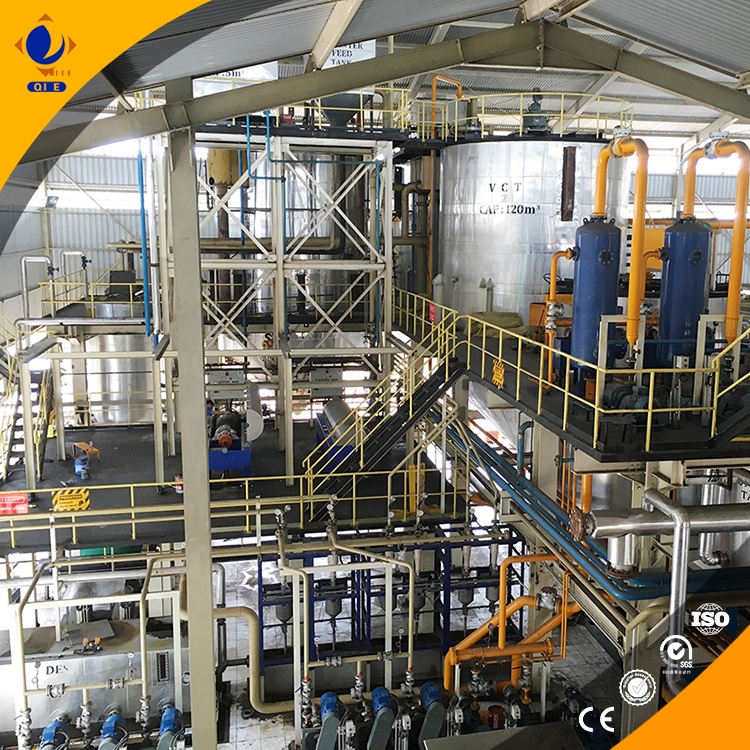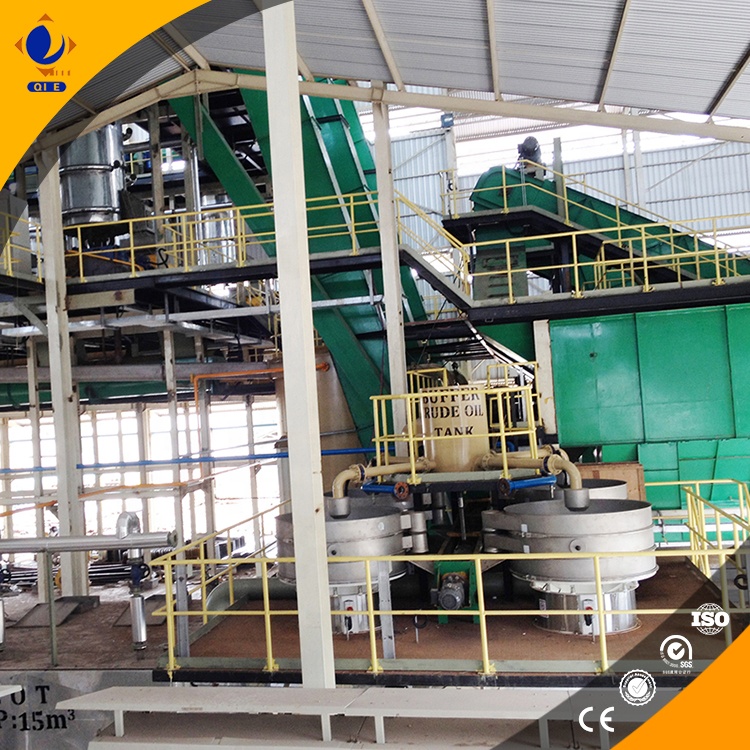
If you're running a palm oil refining operation—especially as a mid-sized or small enterprise—you know that every step from raw fruit handling to final deodorization can be a minefield of technical issues. But here's the good news: most problems are solvable with the right process understanding and equipment setup.
According to industry data, over 60% of small-to-mid palm oil refineries report inconsistent oil quality due to poor control of moisture levels (often above 0.5%) during pretreatment. This leads directly to higher acidity, off-flavors, and lower yield—costing up to 15% in wasted product per month.
| Process Step | Typical Issue | Solution |
|---|---|---|
| Fruit Pre-treatment | High moisture content (>0.5%) | Use heated drum dryer + moisture sensor feedback loop |
| Acid-Alkali Refining | Color inconsistency (RBD oil >20 R&O) | Optimize caustic soda dosage using real-time titration system |
| Deodorization | Residual odor (TVC >50 mg/kg) | Implement vacuum-assisted steam stripping at 220–240°C |
A client in East Java upgraded their manual press + basic filter setup to a semi-automated line with PLC-controlled temperature and flow regulation. Within 3 months, they reduced acid value from 3.2% to 0.8%, improved oil yield by 7%, and cut labor costs by 25%. The key? Stable process parameters—not just better machines.

Q: How do I prevent color degradation during bleaching?
A: Overuse of bleaching clay causes over-decoloration. Stick to 1–2% clay by weight and monitor viscosity changes via inline sensors. Our clients see best results when using activated earth with controlled pore size (avg. 15–25 µm).
Q: Is automation worth it for a 3 TPD plant?
A: Yes—if you’re aiming for consistent output. One customer in Nigeria saw a 30% drop in operator errors after installing a simple PLC-based control panel. It’s not about high cost—it’s about reducing variability.
Q: What’s the biggest mistake beginners make?
A: Skipping pre-treatment drying. Even if your palm fruits look dry, residual water can cause emulsification in the neutralizer stage. Always test with a Karl Fischer moisture meter before processing.

Whether you're setting up your first line or optimizing an existing one, smart choices in equipment selection and process tuning will pay off fast—in both quality and profitability.











